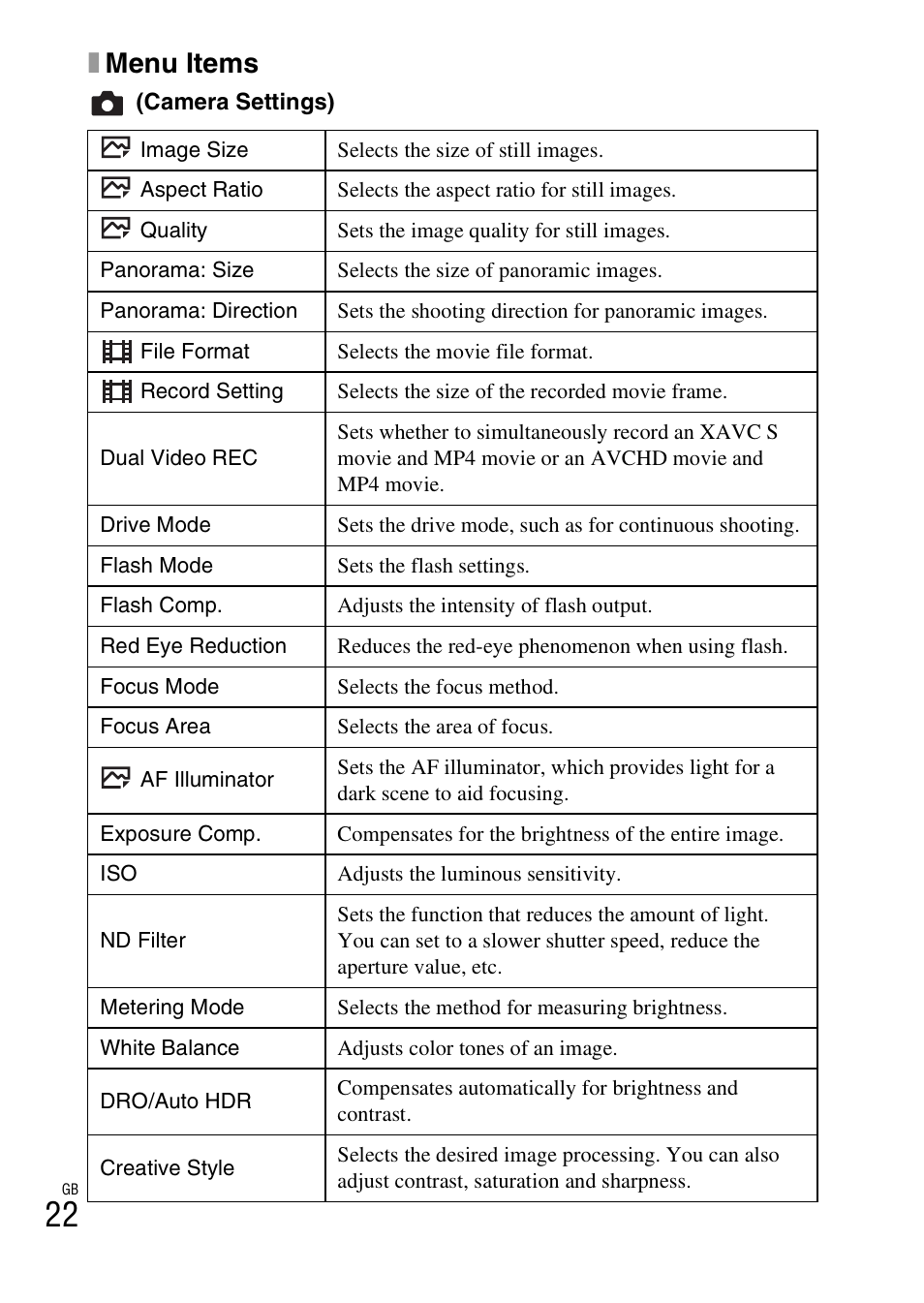

Only improvements would be to have the option to add more to the custom menu, e.g., recent docs, recent apps, recent folders, etc.
Xmenu user defined mac osx#
This functionality should actually be built into Mac OSX itself. This part of the menu is displayed next to the standard menu (system 1). This app is absolutely brilliant and super useful to have - it makes the Finder better. A user defined menu containing all user defined items. This simple, free app returns some of that "navigability" functionailty back to OSX. User Defined is a menu that you can really customize (and we’ll cover it in depth a bit further down) and the last menu is Snippets, which we’ll also cover in detail.

The Dock is no replacement for the good old Apple Menu. I am one of those people who believe that the user interface in the old pre-OSX Finder was better designed and easier to use.
Xmenu user defined install#
(Read through the description and the preferences pane after you install this app for more details.) To use the hierarchical menu(s), just click on the menu bar icon, and whatever you've put/set up in there is accessible within 1 click, and/or can be quickly and simply accessed by navigating hierarchical menu(s). My favorite is the customizable (user defined) menu - that's what I use to keep regularly used folder, document/template items, and regularly used applications in. It has the hierarchical menus that you can access from the top menu bar in the Finder. This is very handy, simple, helpful, free. Put some plain or rich text files in the right place, and XMenu will let you insert them into any app with two clicks.Closest thing to the Classic Apple Menu on OSX
Xmenu user defined update#
This latest update adds a text snippets manager that works just the same as the user-defined widgets. LIBRARY VS FORTRAN COMPILIER AND LIBRARY XMENU SYNC SORT THE EQUIPMENT SHALL MEET THE SALIENT CHARACTERISTICS AS DEFINED IN C6.4 - C5.23 BELOW : C6.4. If your Dock is overcrowded with folders or stacks that you don’t use because, well, because it’s overcrowded, then you should have a look at XMenu. I use the user-defined widget and throw aliases for useful files and folders into ~/Library/Application Support/XMenu – that way, I keep my Menu Bar uncluttered but XMenu still gives me quick click access to stuff like my todo.txt, my income and expenses records, and a handful of use-them-every-day folders. You can have six different shortcuts in your Menu Bar if you like, or just one if you prefer to keep things simple.

This means every device on your network, and every interface on every device is automatically analyzed for performance, errors, QoS, and configuration.

Network monitoring and troubleshooting is hard. are a number of options which only have meaning in the GUI version of Vim. Purpose : To check if an X widget is alive Version 4, May 8, 2002, Zarro (L-3Com/GSFC)LLOWSOCKETS, CDSENGN1. All variables and functions defined in the model are available to the interpreter. Total Network Visibility for Network Engineers and IT Managers. Example: :autocmd GUIEnter winpos 100 50 You can use the gvimrc files to. What I like most about it is its flexibility. Since the model is not in a neuron context it must be self-contained. The latest update, version 1.9, is newly released and boasts visual refinements and a helpful new feature.įor the uninitiated, XMenu is a Menu Bar widget for getting to stuff quickly without leaving the app you’re in. XMenu from the Devonthink people is one of those freeware apps that I recommend to every Mac user I meet.


 0 kommentar(er)
0 kommentar(er)
